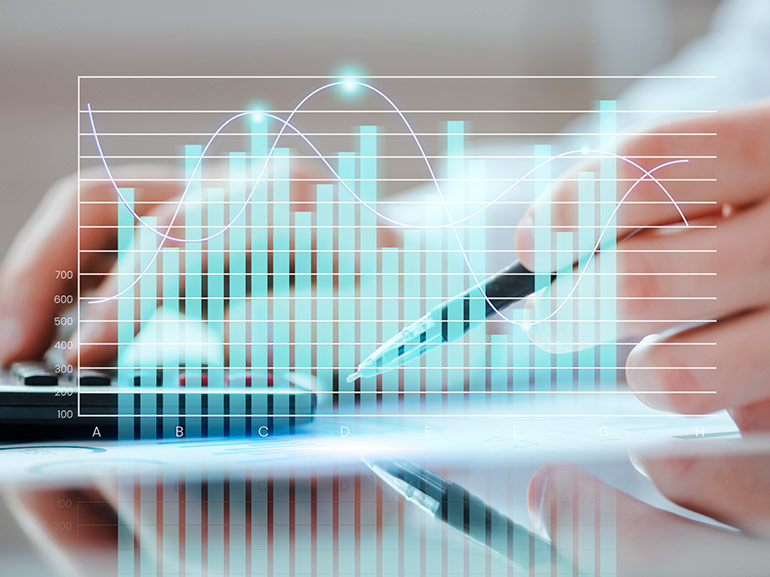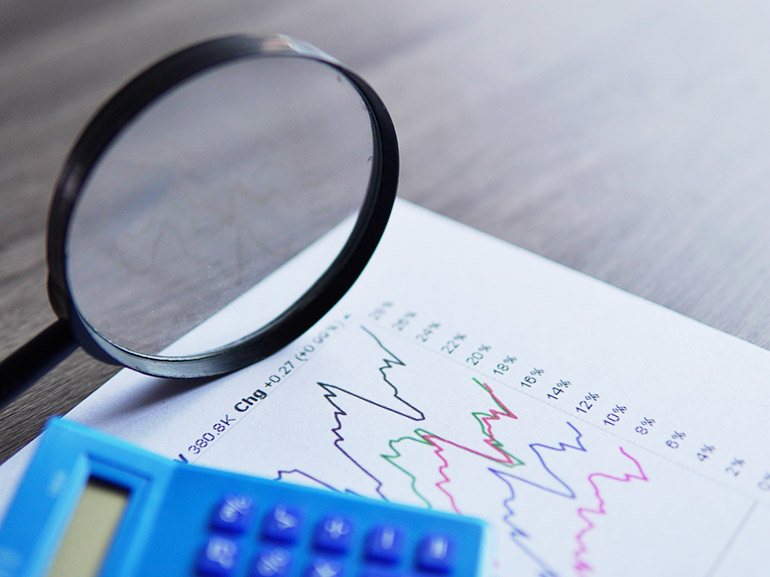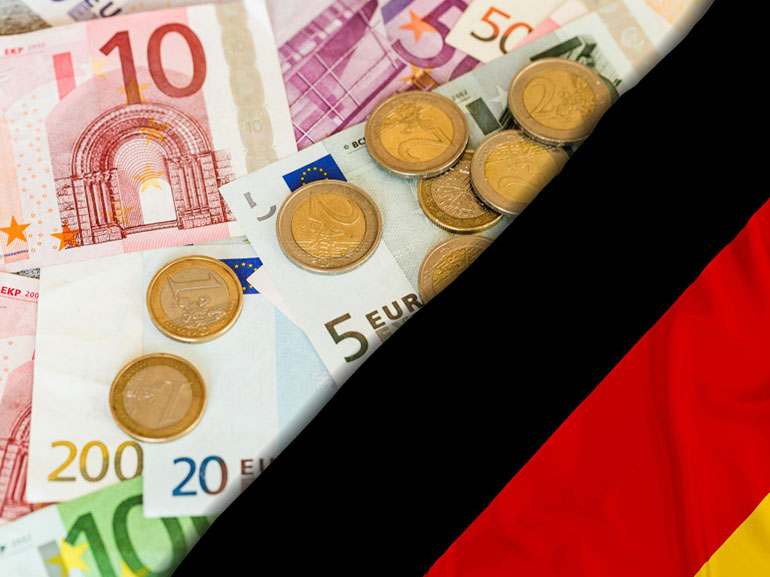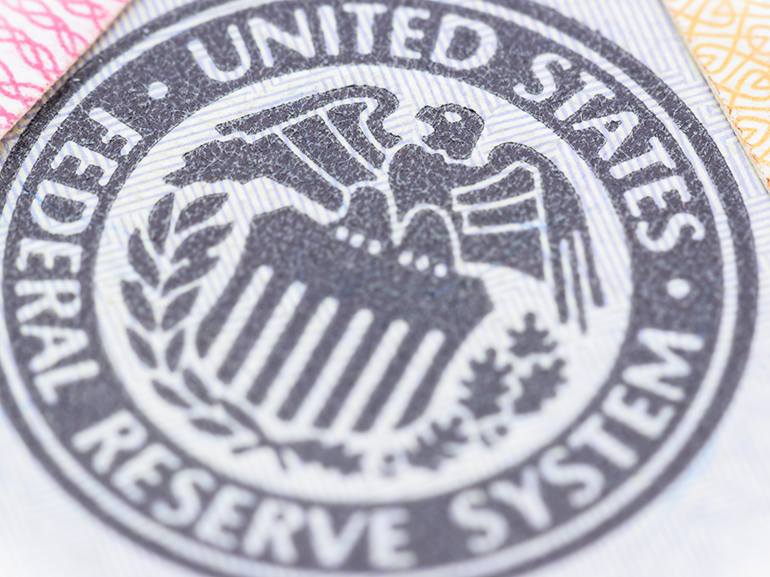Quantitative Trading Explained: What Is Quant Trading?
In a rapidly changing market landscape, different trading mechanisms and functions are being introduced at a speed that may seem dizzying at times. One of these innovations is quantitative trading, and understanding how it works is key to gaining a comprehensive grasp of today’s trading landscape. However, before we delve into this complex subject, it’s important to remember that quantitative trading or any other form of automated data entry system is not allowed while trading CFDs with Plus500.
Now, let’s take a deeper look:

What Is Quantitative Trading?
Quantitative trading (QT) is a term that refers to the use of quantitative analysis as an integral part of trading strategies. This involves making market decisions based on mathematical formulas and other forms of data processing.
By analysing large sets of data—such as price movements, trading volumes, and other relevant market factors—quantitative traders can identify patterns and trends that might not be immediately visible to the naked eye. These models are designed to pinpoint trading opportunities with a high probability of profit based on historical data.
The core benefit of quantitative trading is its reliance on data-driven decision-making. This approach minimises the impact of emotions, which can cloud judgement and lead to poor trading choices. By automating the trading process, quantitative strategies can respond quickly to market changes and ensure consistent execution based on predefined criteria.
In general, quantitative trading is practised by larger, more institutional market actors, such as hedge funds, rather than lay or retail traders. The former often carry out large-scale trades involving hundreds of thousands of shares or securities. However, in recent years, advancements in technology have made quantitative trading more accessible to individual investors, changing the market landscape from top to bottom.
What Is a Quant?
A quant, short for quantitative analyst, is a financial professional who uses mathematical models, statistical techniques, and computer algorithms to analyse market data and identify trading opportunities. Quants are typically involved in developing automated trading systems that can execute trades based on predefined strategies, often at high speeds and volumes. They may specialise in areas like high-frequency trading, algorithmic trading, or risk management. Quants often have advanced degrees in fields such as finance, mathematics, or computer science, and their role is crucial in modern finance, where data-driven decision-making and automation dominate trading environments.
Quantitative Trading History
Quantitative trading emerged in the mid-20th century as financial markets expanded and grew more intricate. However, its roots can be traced to much earlier developments. In 1827, Scottish botanist, Robert Brown, observed random particle movement in water, now known as "Brownian motion," a concept that later influenced financial modelling. In the 1860s, Jules Augustin Frédéric Regnault, introduced the idea of the "random walk" to analyse stock price fluctuations, laying an early foundation for quantitative approaches in finance.
The early 20th century saw significant advancements in quantitative finance. In 1900, Louis Bachelier, a French mathematician, applied Brownian motion to stock options, pioneering the use of stochastic processes in finance. His work set the stage for the development of modern option pricing models. By the 1950s, Harry Markowitz's Modern Portfolio Theory revolutionised asset allocation and risk management, earning him a Nobel Prize in 1990. (Source: CQF)
The rise of computers in the 1970s and 1980s transformed quantitative trading, with models such as the Black-Scholes equation becoming central to options pricing. In the 1980s, the development of statistical arbitrage strategies at firms like Morgan Stanley further advanced the field, ushering in the era of algorithmic and high-frequency trading that continues to shape financial markets today. One of the key figures who popularised QT at Morgan Stanley (MS) was Nunzio Tartaglia, an Italian former priest who led a team focused on introducing new trading techniques. All in all, quant trading’s pivotal position in today’s market landscape is the product of a long history of innovators and thinkers leading to the present.
Understanding Quant Trading - How Does Quantitative Trading Work?
Quantitative trading operates by transforming trading strategies into mathematical models and executing them using computer algorithms. The process begins with identifying a trading strategy based on patterns observed in the market, such as price fluctuations or volume changes. This strategy is then converted into a mathematical model that can be tested using historical market data, a process known as backtesting.
Backtesting allows traders to see how the model would have performed in the past, helping to identify its potential effectiveness. If the model proves successful, it is fine-tuned through a process of optimisation, where parameters are adjusted to improve accuracy and performance. Once the model is optimised, it is implemented in live trading, where it reacts to real-time market data, executing trades based on the predefined rules.
Quant trading has become especially popular in part because of its speed and efficiency of operation. Algorithms can analyse real-time market movements, news, and other inputs faster than any human trader, enabling swift decision-making. High-frequency trading (HFT), a subset of quantitative trading, capitalises on this speed by executing a large volume of trades in fractions of a second, profiting from small price discrepancies.
An analogy to understand how quantitative trading works is weather forecasting. Meteorologists use historical and real-time data to predict weather patterns, just as quantitative traders analyse past and present market data to forecast price movements. If a model detects a pattern that historically results in profitable trades, the algorithm will act accordingly, buying or selling assets to capitalise on the opportunity.
Despite its advantages, quantitative trading has limitations. Markets evolve, and strategies that worked in the past may not remain effective. Additionally, as more traders adopt similar models, competition can erode profitability, requiring constant refinement of trading algorithms.
Quantitative Trading Example
Let's take a look at how quantitative trading might look in action:
A quantitative algorithm, analysing historical data points, observes that the stocks of Coca-Cola (KO) and PepsiCo (PEP) are often correlated. Suppose the algorithm identifies a divergence: Coca-Cola's stock is trading at $55, while PepsiCo's is at $150. Historically, when PepsiCo trades at 2.7 times Coca-Cola’s price, their prices tend to converge. However, the current ratio is 2.73. The algorithm buys 100 shares of Coca-Cola at $55 and shorts 37 shares of PepsiCo at $150. When the prices realign, with Coca-Cola rising to $56 and PepsiCo dropping to $148, the algorithm closes both positions, realising a profit.
Quantitative Trading Strategies
Below are some of the most widely used strategies in quantitative trading:
Momentum Investing: Momentum investing involves buying assets that are experiencing an upward trend and selling them as they approach their peak. This short-term strategy benefits from detecting price movements and trends, often using tools like the Relative Strength Index (RSI) to identify whether an asset is overbought or oversold.
Trend Following: Trend following is a long-term strategy that tracks price movements across various assets, including equities, commodities, and bonds. It identifies trends using indicators like the simple moving average and aims to profit from sustained price patterns.
Mean Reversion: This strategy operates on the assumption that asset prices will revert to their average over time. Quant traders use models to detect price deviations from the mean, allowing them to sell when prices are high and buy when prices are low.
Statistical Arbitrage: Statistical arbitrage extends mean reversion to groups of similar assets. By analysing the price movements of related securities, quant models can detect discrepancies and price differences for potential profits.
Pattern Recognition: This strategy identifies large institutional trades by detecting patterns spread across different exchanges or brokers. Quant traders use it to act ahead of price movements caused by these large transactions.
Sentiment Analysis: By analysing social media, market news, and other non-financial data, sentiment analysis gauges market mood. Natural language processing is used to categorise text as positive or negative, providing valuable insights for trading decisions.
Quantitative Trading Advantages
Quantitative trading is considered to offer several benefits, including:
Enhanced Data Processing: Quantitative trading systems can analyse vast amounts of data much faster and more accurately than human traders. This allows them to identify profitable opportunities across numerous securities, overcoming the limits of manual analysis.
Emotion-Free Trading: One of the biggest challenges for traders is managing responses driven by their own psychological makeup, which can cloud judgement. Quantitative models eliminate this issue by relying solely on mathematical algorithms, ensuring objective and rational decision-making.
Scalability: Human traders can only monitor and make decisions on a limited number of assets. Quantitative trading systems, however, can scale up to monitor thousands of securities simultaneously, providing a broader and more diversified trading approach.
Increased Speed and Efficiency: With automation at its core, quantitative trading ensures that trades are executed swiftly and efficiently, reducing the lag between identifying an opportunity and acting on it.
Backtesting: Traders can test their strategies using historical data to assess how they would have performed under previous market conditions, providing valuable insights for future adjustments.
Quantitative Trading Disadvantages
On the other hand, QT also comes with several notable drawbacks:
Model Dependency: Quantitative trading is only as good as the models it uses. If a model is too rigid, it may fail when market conditions shift. Many strategies that work in specific environments may become ineffective as the market evolves.
Sensitivity to Market Changes: Financial markets are highly dynamic, and quantitative models can struggle to adapt quickly enough to major shifts. A model that performs well under certain conditions may generate losses when the market experiences sudden volatility or changes.
Overfitting: Sometimes, quantitative models are overly tailored to historical data, meaning they perform well in past simulations but fail in live markets. This issue, known as overfitting, can lead to inaccurate predictions and unprofitable trades.
High Costs: Developing, maintaining, and updating quantitative trading systems requires substantial investment in both technology and expertise. These costs can be prohibitive for smaller traders or firms.
Lack of Human Insight: While quantitative models excel at processing data, they may miss out on qualitative factors like economic shifts, geopolitical events, or market sentiment, which can be better evaluated by experienced human traders.
Quantitative Trading vs Algo Trading
Although may often be confused, quant and algo trading have key distinctions. Quantitative trading connotes using statistical models and analyses in an effort to identify market opportunities. In contrast, algorithmic trading automates the execution of trades, typically based on predefined rules or strategies. While a human can engage in quant trading by analysing data and making decisions manually, algo trading leverages computer programs to make these decisions faster and more efficiently. The two approaches are not mutually exclusive, as many algorithmic strategies are rooted in quantitative models, combining data-driven insights with automated execution for better performance.
Conclusion
In conclusion, quantitative trading is a sophisticated method that leverages data-driven strategies to identify profitable opportunities in financial markets. While this article provides an educational overview of its key strategies and market dynamics, it’s important to note that quantitative trading or any other form of automated data entry system is prohibited when trading CFDs with Plus500.
FAQs
How can I build my own quant trading model?
To build your own quant trading model, you need to identify a strategy, convert it into a mathematical formula, backtest it with historical data, optimise it, and then implement it using automated software to execute trades.
How long does it take to build a quant model?
The time to build a quant model varies, but it typically takes weeks or months depending on the complexity of the strategy, data availability, and the required optimisation.
Can quant trading work in day trading?
Yes, quantitative trading can be applied to day trading, especially when using strategies like high-frequency trading, which rely on fast execution of short-term opportunities. However, it's important to recall that quant trading or any other form of automated data entry system is prohibited on the Plus500 trading platform.
What is a quantitative trader?
A quantitative trader uses mathematical models and statistical analysis to identify patterns in market data and execute trades based on these insights, often relying on automation for efficiency.
What is the difference between algorithmic trading and quantitative trading?
While there is some overlap between algo and quant trading, the key distinction between the two is that the former is focused on actual trade execution, while the latter is geared toward market opportunity identification.






